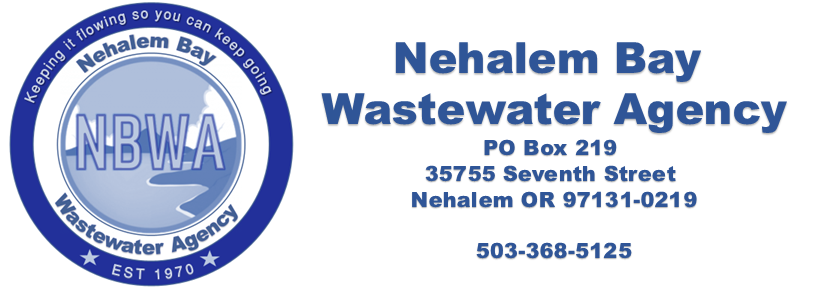Fats, Oils & Grease
Frequently Asked Questions about Fats, Oils, and Grease (FOG)
.png?ixlib=rb-1.1.0&w=2000&h=2000&fit=max&or=0&s=3d37721142457dd630b733e161379c2b)
Where does FOG come from?
Fats, oils, and grease (FOG) are abundant in and on the foods we eat. When foods are prepared, oils and greases are cooked out of foods or are added as ingredients or non-stick remedies. The FOG ends up on cookware, dishware, kitchen equipment, and even floors and floor-mats, all of which must be washed. When kitchen equipment and wares are cleaned, the FOG is washed off and enters the plumbing system. Shortly after this grease enters the drain, it begins to cool and separate from the dishwater. The FOG accumulates in private drains, sewer pipes, and sewer lift stations. This residue builds up, restricting and blocking sewer pipes, causing sewage backups and overflows. It is no coincidence that plumbing companies are frequently called to homes, restaurants and foodservice establishments to un-clog blocked lines.
Why is FOG a problem?
Most wastewater collection system blockages can be traced to FOG. Blockages in the wastewater collection system are serious, causing sewage spills, manhole overflows, or sewage backups in homes and businesses.
Do I need a grease interceptor or trap?
Facilities that prepare and serve food produce FOG and need grease removal devices. It surprises many food establishment owners and operators how much FOG they produce and discharge to the sewer system. Many facilities experience frequent plumbing problems and don’t realize grease removal devices can help eliminate their problems. Don’t wait until there is a sewage backup in your kitchen or a FOG problem in the sewer that is traced to your facility.
Grease interceptors are the preferred grease removal device for a few reasons. They are larger, providing longer hydraulic retention time, which facilitates the separation of grease from high-temperature dishwater, laden with detergents and emulsifying agents. Some of these devices also have the capacity to accept and treat the discharge from dishwashing machines and food grinders. Grease interceptors are in outdoor areas and are less likely to create offensive odors and other undesirable effects inside the restaurant. In addition, interceptors only need maintenance every 30 to 90 days.
Indoor grease traps can be effective in certain applications, must be maintained frequently and can’t be connected to certain common kitchen fixtures and equipment. For example, grease traps cannot be connected to food grinders or dishwashing machines. Grease traps are appropriate for small, low volume establishments with limited washing of dishes and kitchen equipment.

